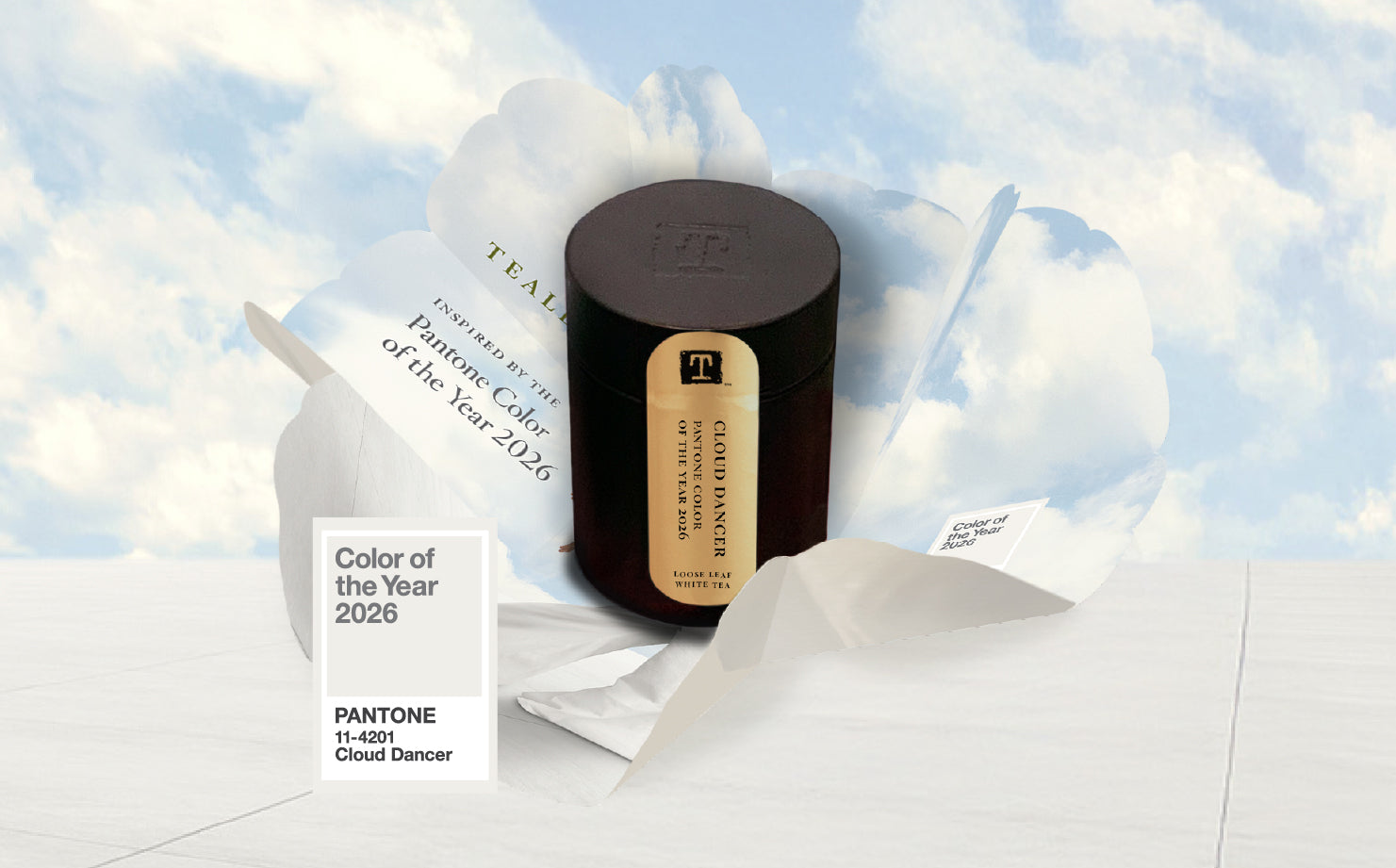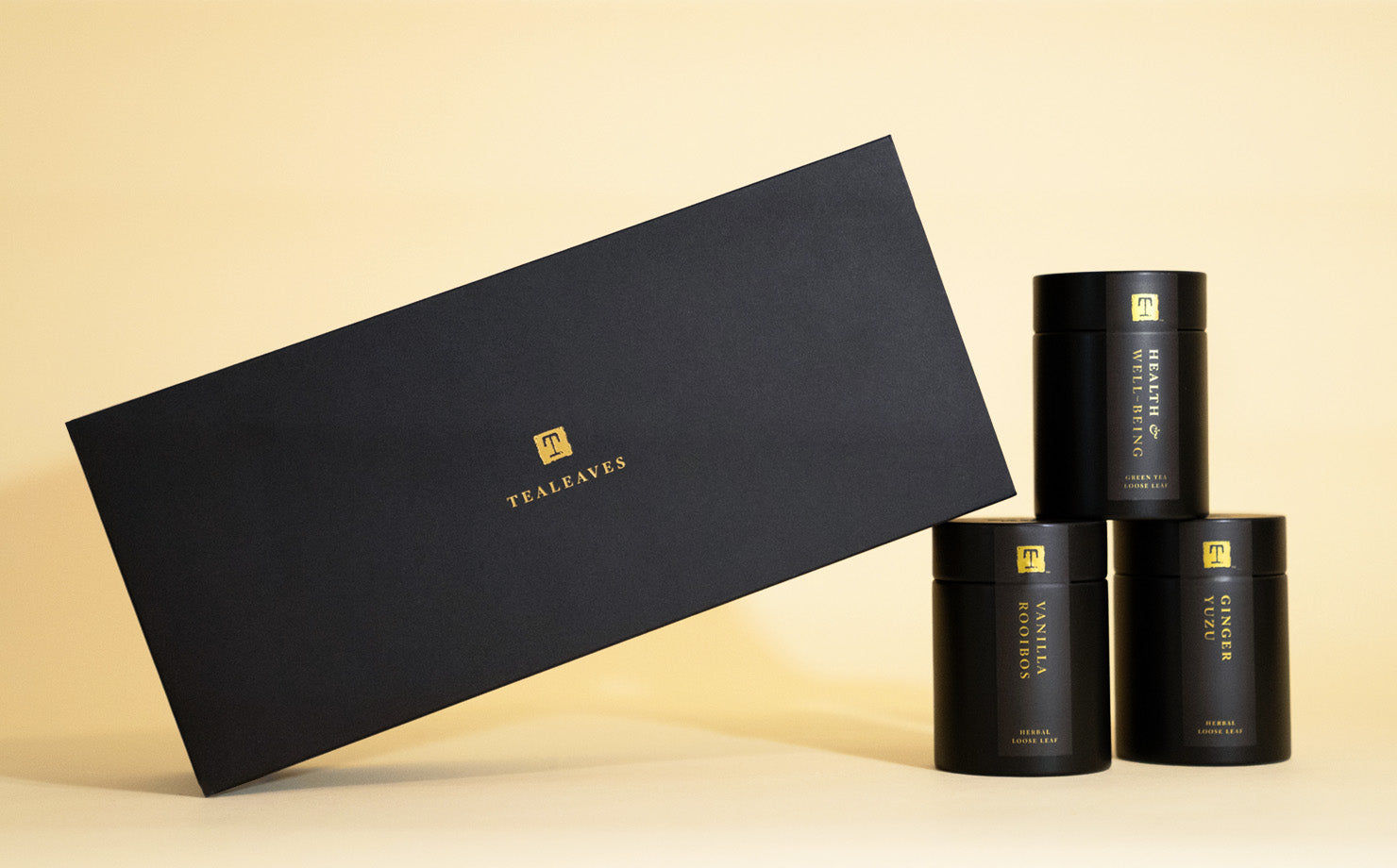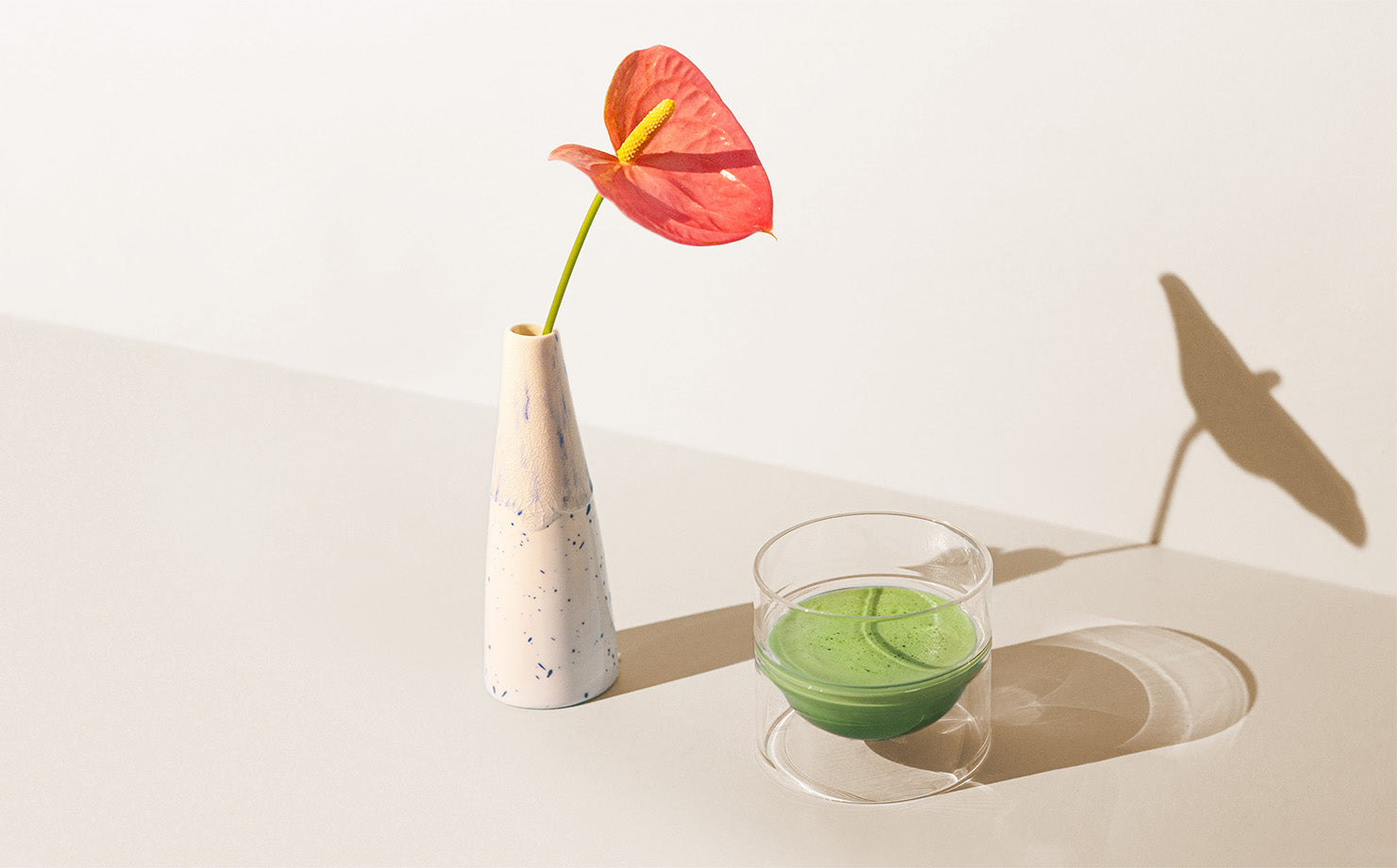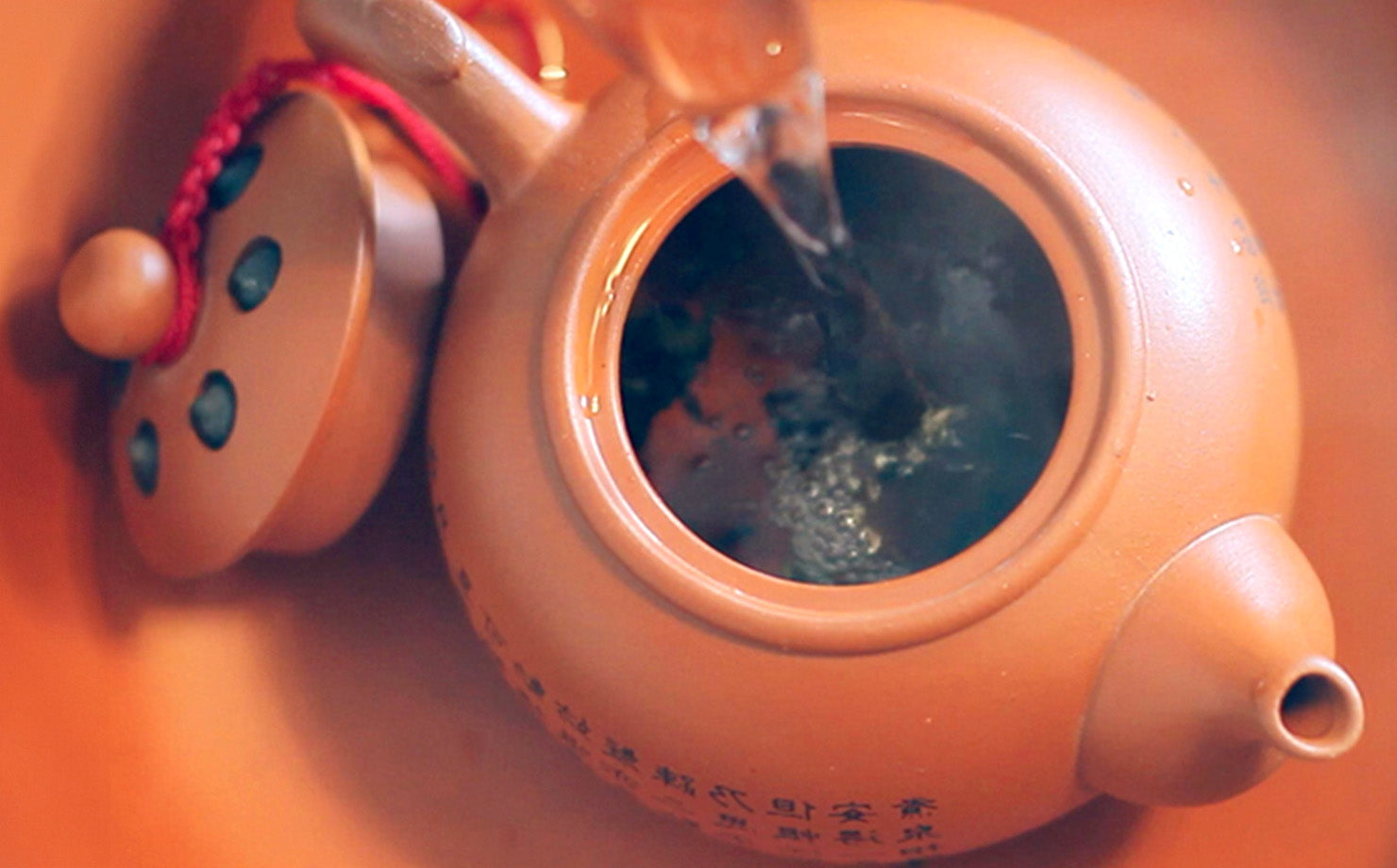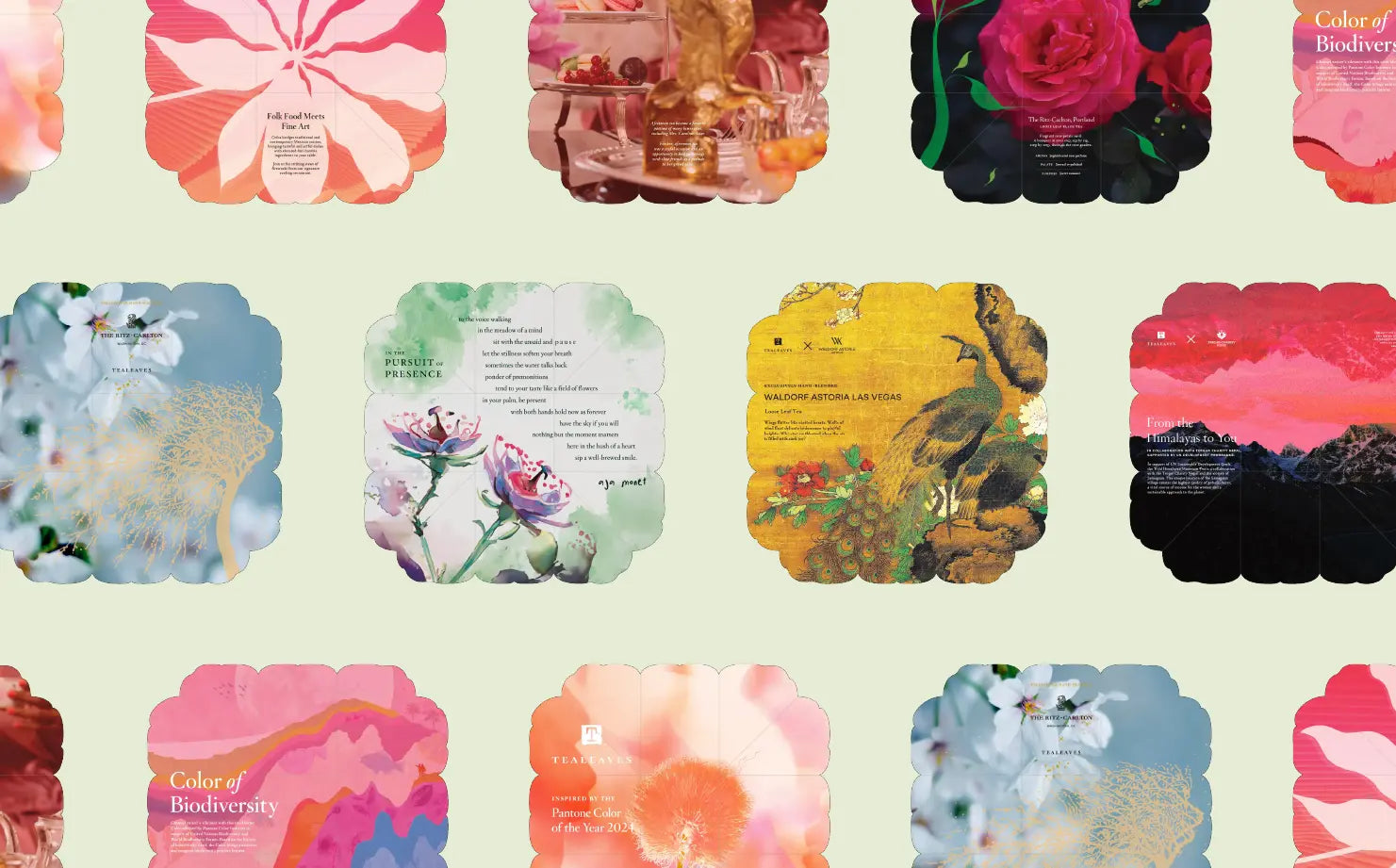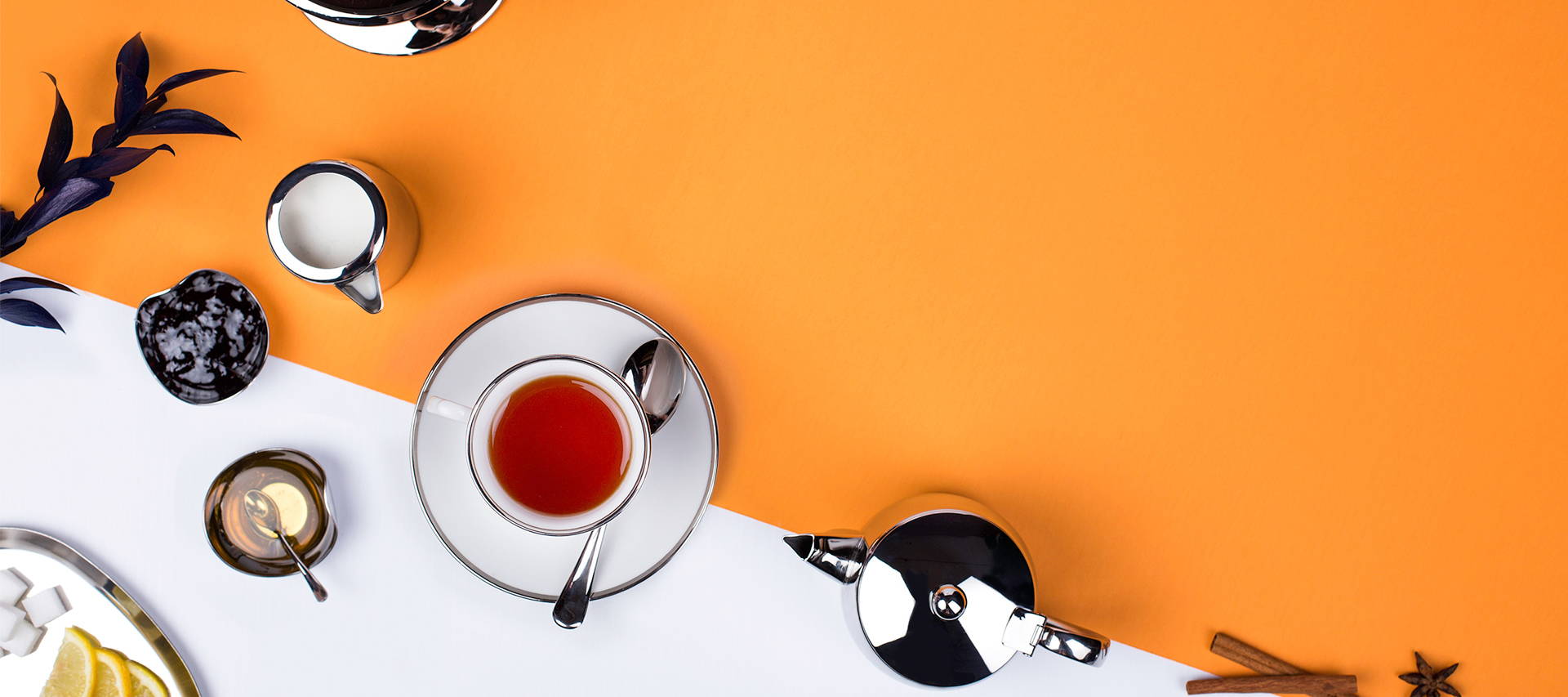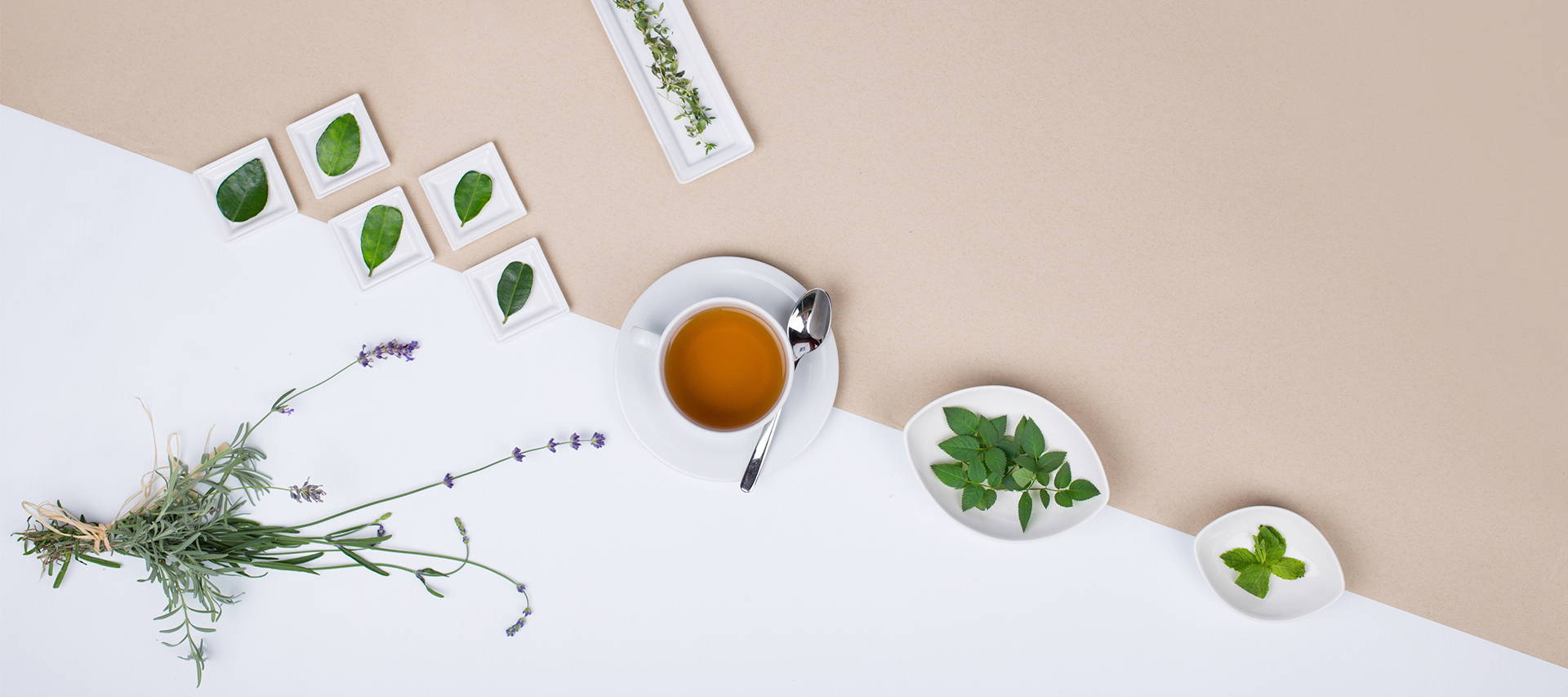Les feuilles de thé fraîches du théier (Camellia Sinensis) sont cueillies.
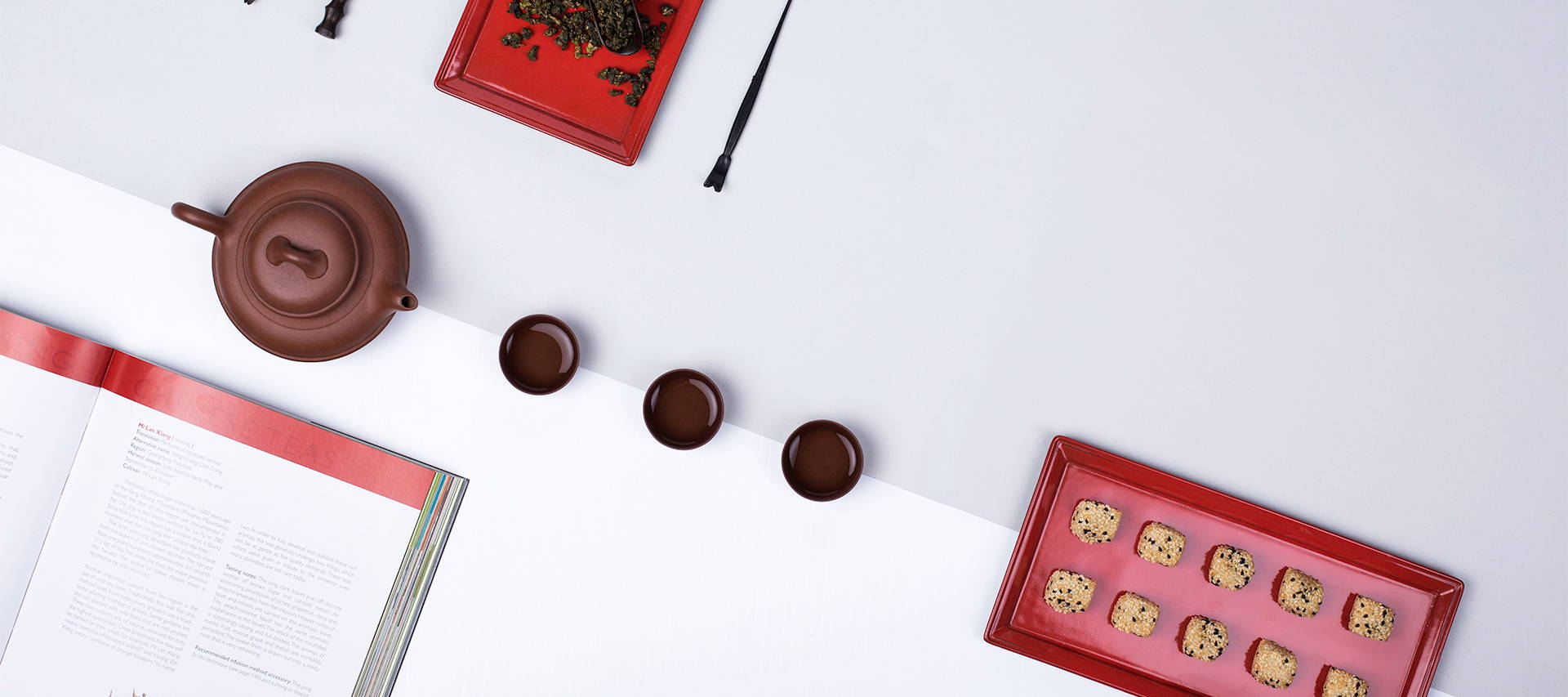
Oolong
Feuilles de thé semi-oxydées.
Alors qu'il récoltait son thé, un fermier chanta l'histoire d'un dragon. Soudain, un serpent noir apparut et l'homme s'enfuit. Quelques jours plus tard, il revint, inquiet que son thé ait été gâché par le soleil. Mais le thé était délicieux et parfumé, les feuilles se déployant comme de petits dragons dans sa tasse. Il le nomma donc « Dragon Noir » (oolong) en l'honneur du serpent fortuit.
D'où?
Taïwan, Chine
Il existe deux principaux types d'oolong : l'un cultivé en Chine et l'autre à Taïwan (Formose). L'oolong chinois est oxydé à seulement 12-20 %, ce qui lui confère une liqueur jaune pâle au goût frais et distinct. L'oolong taïwanais, quant à lui, est généralement oxydé à 60 % et est réputé pour sa liqueur dorée et son exquis arôme floral.
COULEUR : Jaune pâle à doré
ARÔME : Fleuri, semblable à celui d'une orchidée
GOÛT : Frais, floral
Comment est fabriqué le thé Oolong ?
CUEILLETTE
DÉPÉRISSEMENT
Les feuilles sont ramollies et leur teneur en humidité est réduite de moitié, ce qui permet de rouler les feuilles sans les casser.
ECCHURCHÉS
Pour amorcer l'oxydation, les feuilles sont roulées dans un panier, malaxées ou roulées sur de lourdes roues. Cette méthode remplace désormais le roulage manuel des bords de chaque feuille.
FERMENTATION COURTE
La structure chimique de la feuille est modifiée, permettant l'émergence de saveurs essentielles. Une longue oxydation confère un goût plus doux. Les oolongs sont semi-fermentés.
LAMINAGE ET FAÇONNAGE
Les feuilles sont placées dans des sacs de 1,8 à 7 kg, puis roulées fermement pour former une boule qui les enroule. Certaines feuilles sont préférées à plat, sans être roulées ni mises en forme.
SÉCHAGE
Les feuilles sont poêlées pour stopper l'oxydation et commencer le séchage. Les feuilles insuffisamment cuites moisiront avec le temps, tandis que les feuilles trop cuites perdront leurs arômes. Les feuilles refroidiront ensuite sur des nattes de bambou.
NOTATION
Les feuilles sont classées et classées en catégories : feuilles entières, feuilles cassées, feuilles en éventail, poussière.



